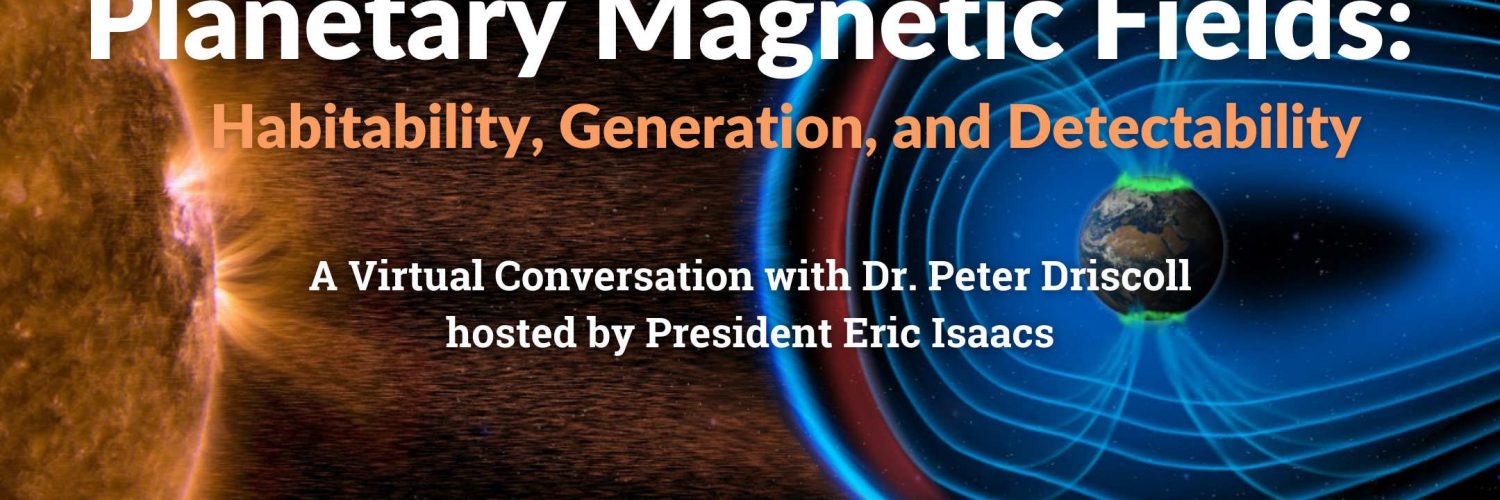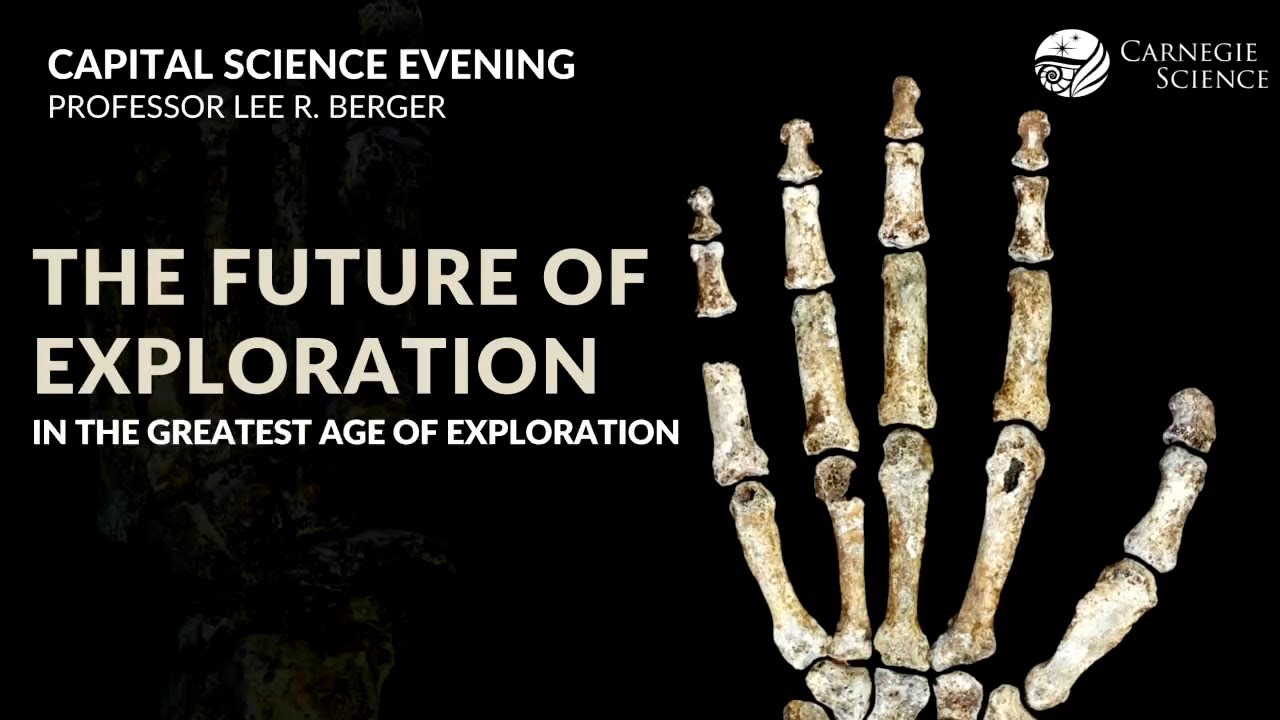Earth’s magnetic field is generated by convective motion in the planet’s liquid iron outer core, commonly referred to as the geodynamo. The magnetic field has been protecting our planet from harmful charged particles for at least the last 2.5 billion years, and possibly longer. Life as we know it could not exist without it.
Driscoll’s research focuses on understanding the dynamics of Earth’s core and elucidating our planet’s thermal and magnetic evolution, including reversals of the magnetic field’s polarity, which can be gleaned from ancient rocks.
He is interested in what makes Earth unique—ours is the only known planet that has maintained a strong magnetic field, plate tectonics, and surface liquid water for most, possibly all, of its history—and wants to understand what aspects of the planet’s interior contributed to these special geochemical properties. Answering these questions can help reveal how life was able to arise and thrive here, as well as inform the search for potentially habitable worlds orbiting distant stars.
Peter Driscoll received his master’s degree in physics from San Francisco State University, where he was a part of the California and Carnegie Planet Search Team, and earned his Ph.D. degree in Earth and planetary science from Johns Hopkins University. He was a Bateman postdoctoral fellow in the geology and geophysics department at Yale University from 2010 to 2013 and the planetary interiors and evolution postdoctoral fellow in the NASA Virtual Planetary Laboratory at the University of Washington in Seattle until he joined Carnegie as a Staff Scientist in 2015.
Carnegie Digital Series, Carnegie Science Digital Programs, Events





